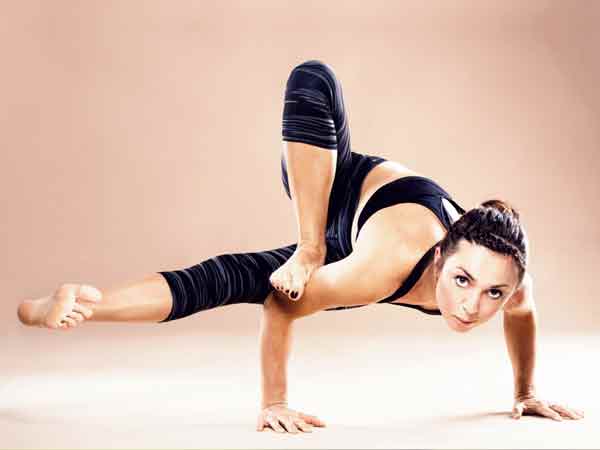Monday, June 22, 2015
Progressive Yoga
What It MeansProgressive yoga is a combination of Raja yoga, Ashtanga Vinyasa Yoga, and individual creativity. It is usually attributed to US-based yoga guru David Kyle. He was inspired by the yoga workouts of Sri K Pattabhi Jois and Larry Schultz. “Combining the knowledge of strength and conditioning science with yoga principles and practice, progressive yoga is tailored differently to suit your personal fitness needs, without involving competitive elements that contradict yoga’s most basic principles,” says progressive yoga instructor Praveen Tokas.
What You LearnYou are taken through correct limb positioning and associated yogic breathing. These two techniques help you to stretch the right muscles and eliminate the chance of injury.
How It WorksPostures are placed in sequential order to provide a flow practice based on specific transitions that are to be complemented in a specific number of poses. It is usually a six-week programme that teaches the foundations of a safe and effective yoga practice. Each week will build upon concepts and postures learned the previous week. The instructor uses pranayama, asanas and meditation in combination. “Asanas that stretch, strengthen and stabilise the physical body are the focus,” says Tokas.
BenefitsThe benefits of this practice are many. Injury prevention for better mobility; increased strength, power, endurance, and balance and co-ordination for optimum functional health; improved body composition; increased focus and concentration.
DangersThere are no such dangers or contra-indications of progressive yoga as long as you respect your physical capabilities and inform your teacher about any previous or current injury.
Suitable ForCouch potatoes to athletes and everyone in between. The important thing is to practise progressive yoga with a certified teacher and to respect your physiological capabilities.
Subscribe to:
Post Comments (Atom)

No comments:
Post a Comment